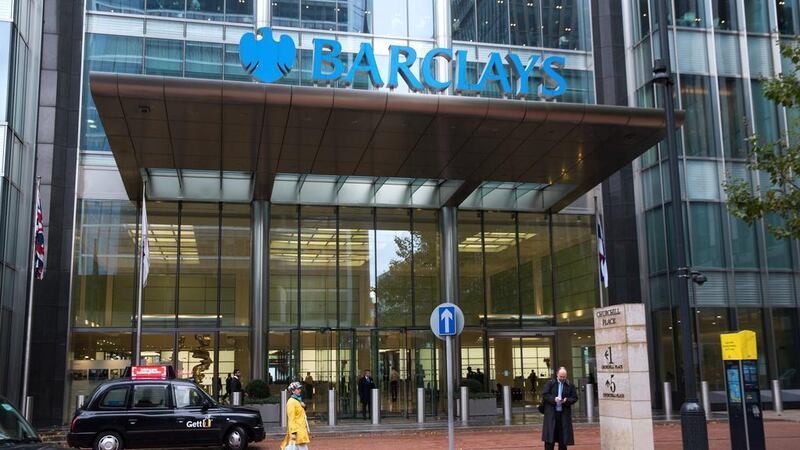Jes Staley finally has the Barclays he wants. But it cost him.
The lender posted a net loss in the second quarter, driven by costs to sell down its Africa unit and an unexpected charge for the payment protection insurance scandal. The bank said it now aims to earn a return on tangible equity of more than 10 percent as it moves past the issues that have weighed on profitability.
Barclays sold most of its stake in the Africa unit and closed the non-core division last quarter, leaving Mr Staley with the UK and US-focused lender that the chief executive officer pitched as his vision for the bank. While the consumer and cards businesses produce healthy returns, the investment bank uses the bulk of the firm’s capital and still must show it can consistently reach Mr Staley’s profitability targets.
“Our business is now radically simplified, the restructuring is complete,” Mr Staley said in the statement. “We can now focus on what matters most to our shareholders:
improving group returns.”
Barclays had a loss attributable to shareholders of £1.4 billion, its first quarterly loss since 2015. Excluding the one-time costs, Barclays posted adjusted pre-tax profit of £1.4 billion pounds. Analysts had expected adjusted profit of £1.2bn, according to the average of six estimates compiled by Bloomberg News. Revenue was £5.06bn, falling short of expectations.
The bank’s shares fell 1.7 percent to 205.1 pence at 8:02 a.m. in London.
The unexpected item was a £700 million charge for PPI customer compensation, the same amount Lloyds Banking Group set aside Thursday.
“We view this as the last quarter for sizeable restructuring-related charges and expect cleaner earnings ahead,” said Raul Sinha, an analyst at JPMorgan Chase & Co. with an overweight rating on the stock.
The chief executive has repeatedly said he wants to keep a “bulge- bracket” investment bank capable of competing with the best on Wall Street and brought in his former JPMorgan Chase & Co
colleague Tim Throsby to lead it. The unit performed better than expected in most areas in the quarter and posted a return on tangible equity above 10 per cent for the first time under Mr Staley.
Equity and credit trading each jumped more than 10 pe rcent, while banking fees climbed 8.4 per cent. Rates and foreign exchange trading, known as macro, fell 25 percent, the second quarter it has disappointed executives and dragged down the results of the trading unit.
“In rates and currencies, we are still not happy with where we are. Tim Throsby and I will get that corrected, but overall the investment bank had a good quarter,” Mr Staley said in a Bloomberg Television interview. “We will continue to invest in our investment bank. We like the business, and we think it’s important to our strategy.”
Barclays closed the non-core unit after risk-weighted assets at the division dropped below 25 billion pounds. Staley last year cut the dividend in half to help fund a faster disposal of unwanted businesses from the unit, which had £110bn of risk-weighted assets in 2013. The bank also reduced its stake in Barclays Africa Group from 51 per cent to 15 per cent through a share sale, which will allow the UK firm to deconsolidate the business and free up capital.
*Bloomberg






